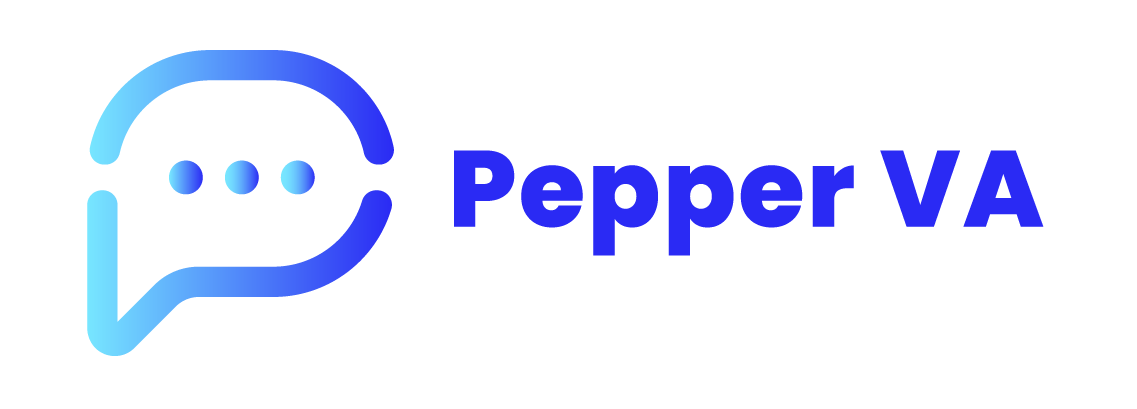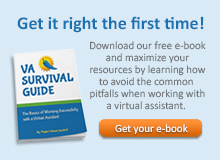Link building remains one of the most powerful ways to boost your website’s visibility, but doing it wrong can destroy your online presence overnight. Many businesses still chase quick fixes and risky shortcuts, only to face devastating Google penalties that take months or even years to recover from.
The smart approach? Focus on sustainable, penalty-proof strategies that work. A recent study showed that over 58% of SEO strategists believe backlinks play a vital role in SERP rankings. This means you’re not just following best practices – you’re aligning with what the majority of experts know drives real results.
White hat link building represents the gold standard for earning backlinks through legitimate, Google-approved methods. Unlike manipulative tactics that promise instant gratification but deliver long-term disaster, ethical approaches build lasting authority that compounds over time.
Understanding White Hat Link Building in 2024
Now that we’ve established how crucial ethical link building is for sustainable SEO success, let’s dive deep into the fundamental principles that separate winning strategies from algorithm penalties in today’s search landscape.
Evolution of Search Engine Algorithms
Recent Google updates, particularly the Helpful Content and Spam updates, have dramatically changed the link building landscape. These algorithm changes specifically target manipulative linking patterns while rewarding natural, editorial links.
Investing in white hat link building services ensures your links are built through genuine value and relevance, rather than manipulation. Artificial intelligence and machine learning now power Google’s ability to detect unnatural linking schemes.
The search engine can identify patterns that human reviewers might miss, making it virtually impossible to consistently fool the system with manipulative tactics. Future-proofing your strategy means building links the same way journalists and content creators naturally reference sources – through genuine value and relevance.
Core Principles of Ethical Link Building
The foundation of successful ethical link building rests on three non-negotiable principles: value creation, genuine relationships, and natural link earning. These aren’t just theoretical concepts – they’re practical guidelines that determine whether your efforts will thrive or fail.
Google’s E-E-A-T guidelines (Experience, Expertise, Authoritativeness, Trustworthiness) directly influence how search engines evaluate your backlinks. Links from sites that demonstrate these qualities pass more authority and contribute more meaningfully to your rankings.
Quality consistently trumps quantity in modern SEO. A single backlink from a highly authoritative, relevant source can outperform dozens of low-quality links. This shift represents a fundamental change in how we approach link acquisition strategies.
Advanced White Hat Link Building Strategies for Higher Rankings
With a solid foundation in ethical link building principles and algorithm awareness, you’re ready to implement the advanced strategies that top-performing websites use to dominate search results.
Authority-Building Through Original Research and Data
Creating proprietary research and original data studies positions your website as an authoritative source that others naturally want to reference. This approach works because journalists, bloggers, and researchers constantly seek credible statistics and insights to support their content.
Conducting industry surveys, analyzing trends, or compiling annual reports gives you link-worthy assets that continue attracting backlinks long after publication. The key is ensuring your research addresses genuine industry questions or challenges.
When seeking professional white hat link building services, many companies find that data-driven content consistently generates the highest-quality backlinks because it provides irreplaceable value that competitors can’t easily replicate.
Content-Driven Link Acquisition Methods
Pillar pages and comprehensive resource hubs serve as link magnets by providing exhaustive coverage of specific topics. These content pieces naturally attract links because they offer one-stop solutions to complex problems.
Interactive tools, calculators, and educational resources create shareable assets that websites love to reference. The investment in developing these resources pays dividends through consistent link acquisition over time.
Expert roundups and collaborative content initiatives leverage relationships with industry leaders, creating content that participants naturally share and promote within their networks.
Relationship-Based Link Building Approaches
Building genuine partnerships with industry influencers requires patience and authenticity, but these relationships generate some of the most valuable backlinks available. The key is providing value before asking for anything in return.
Brand ambassador programs and community-building strategies create networks of advocates who naturally mention and link to your content. These organic mentions often carry more weight than traditional outreach-acquired links.
Through a journalist outreach and white hat link-building combined, their organic traffic increased by 250%. This demonstrates how relationship-building can deliver measurable results when done consistently and authentically.
Technical White Hat Link Building Techniques
While creative content strategies form the backbone of link acquisition, mastering the technical execution separates amateur efforts from professional-grade campaigns that deliver measurable results.
Strategic Internal Link Optimization
Creating effective internal linking structures helps distribute page authority throughout your website while providing natural pathways for external sites to discover and link to your best content.
Using varied anchor text in internal links creates natural patterns that search engines recognize as editorial rather than manipulative. This approach also helps users navigate your content more effectively.
Schema markup and structured data provide additional context that helps search engines understand the relationships between your linked content, potentially improving the value passed through both internal and external links.
Advanced Outreach Methodologies
Personalized outreach at scale requires balancing automation tools with genuine human connection. The most successful campaigns combine efficiency with authenticity to achieve sustainable results.
Multi-channel approaches incorporating email, social media, and direct contact increase response rates while building stronger relationships with potential link partners.
Follow-up sequences that provide additional value rather than simply repeating requests demonstrate persistence without becoming pushy or annoying.
Link Reclamation and Recovery Strategies
Systematically finding and reclaiming lost backlinks often provides the highest ROI of any link building activity. Many sites lose valuable links due to technical issues, content updates, or simple oversights.
Converting unlinked brand mentions into linked references requires monitoring brand mentions and diplomatically requesting link additions where appropriate.
Monitoring competitor backlink losses creates opportunities to acquire links from sites that previously linked to competing content but may be open to linking to superior alternatives.
Industry-Specific Organic Link Building Techniques
These technical foundations work universally, but the most effective link builders understand that different industries require tailored approaches to maximize their unique opportunities and overcome specific challenges.
Local Business Link Building
Geographic-specific resource pages often provide excellent opportunities for local businesses to earn relevant backlinks from community organizations, local publications, and regional directories.
Chamber of commerce memberships, business association participation, and community sponsorships create natural linking opportunities while building real-world relationships that extend beyond digital marketing.
Local media outreach requires understanding regional news cycles and providing genuinely newsworthy content that serves local audiences rather than purely promotional material.
Key Performance Indicators for Link Building
Domain authority improvements, while not direct Google ranking factors, provide useful benchmarks for measuring the overall quality and authority of your backlink profile over time.
Referring domain quality assessment requires looking beyond simple metrics to evaluate the relevance, authority, and editorial nature of linking websites.
Organic traffic attribution helps connect link building efforts to actual business results, though this connection often requires sophisticated tracking and attribution modeling.
Analytics and Reporting Framework
Setting up proper tracking systems ensures you can identify which SEO link building strategies deliver the best return on investment for your specific situation and industry.
Comprehensive dashboards should track not just link acquisition but also the quality, relevance, and traffic impact of earned backlinks over time.
ROI calculations help justify continued investment in organic link building techniques by connecting link building activities to measurable business outcomes.
Avoiding Common White Hat Link Building Mistakes
Even with robust measurement systems in place, 73% of link building campaigns fail due to preventable mistakes that can undermine months of careful work.
Quality Control and Risk Management
Identifying low-quality link opportunities before pursuing them saves time and prevents potential harm to your backlink profile. Not all links are worth having, even if they’re easy to acquire.
Maintaining natural anchor text distribution prevents over-optimization penalties while ensuring your backlink profile appears editorial rather than manipulative to search engines.
Regular backlink profile audits help identify potential issues before they become serious problems, allowing for proactive rather than reactive management.
Budget and Resource Allocation
Cost-effective strategy development requires understanding which tactics deliver the best results for your specific industry, budget, and timeline constraints.
In-house versus outsourcing decisions should consider not just costs but also expertise, scalability, and the strategic importance of maintaining direct relationships with link partners.
Time management becomes crucial when implementing multiple link building tactics simultaneously while maintaining the quality and authenticity that makes ethical link building effective.
Creating systematic approaches for relationship maintenance ensures that link building efforts compound over time rather than requiring constant restart with new prospects.
Common Questions About White Hat Link Building
How to build 100 backlinks in 30 days or less?
Create and share infographics, build social signals, search LinkedIn for publication contributors, guest blog strategically, and write authentic testimonials. These tactics can help you reach 100+ quality backlinks within 30 days.
What’s the difference between white hat and black hat link building?
White hat methods earn links through value creation and authentic relationships, following search engine guidelines. Black hat techniques manipulate rankings through paid links, link farms, and deceptive practices that risk penalties.
How long before white hat link building shows results?
Most white hat link building efforts show initial results within 2-4 months, with significant improvements typically visible within 6-12 months. Sustainable strategies require patience but deliver lasting benefits that compound over time.





